Best Wood Types to Use for Firewood
Choosing the right type of firewood preparation—whether kiln-dried, heat-treated, or naturally seasoned—is essential not just for warmth and comfort, but also for efficiency and safety. Each method affects how the wood burns, its heat output, moisture content, and smoke production. Understanding the distinctions between these types can help you make a smarter, more sustainable choice for your fireplace or wood-burning stove. Let's take a closer look at these types of firewood to determine the right choice for your fire.
Kiln-Dried
Kiln-dried firewood is one of the most efficient options available. This wood is dried in a controlled environment, reducing its moisture content, which leads to cleaner combustion and higher heat output. According to LumberJax.com, the U.S. Energy Information Administration defines one British thermal unit (BTU) as roughly the amount of heat produced by burning a single match. When wood like oak is kiln-dried, it can generate more BTU, making it extremely effective for heating while minimizing smoke and creosote buildup.
Heat-Treated
Heat-treated firewood is another excellent choice, especially for those prioritizing pest-free burning. This method involves raising the core temperature of the wood to kill off insects and pathogens, which also helps reduce moisture content. Heat-treated logs burn hot and evenly, offering extended warmth without the hassle of frequent refueling. Like kiln-dried wood, they tend to produce less ash and smoke, making them ideal for both residential fireplaces and outdoor fire pits.
Naturally Seasoned
While more traditional, naturally seasoned firewood can also be very effective, if properly aged. This wood is left to air-dry for six months to a year, gradually losing moisture over time. Though it typically retains a higher moisture level than kiln-dried or heat-treated wood, well-seasoned hardwoods like oak, hickory, and maple still offer solid heat performance. The key is allowing adequate time and proper storage conditions to avoid excessive smoke or inefficient burning.
The method used to dry your firewood plays a major role in how well it performs. Kiln-dried and heat-treated options offer consistency, clean burning, and high heat output, while properly seasoned wood provides a more accessible, traditional route for effective fires. No matter which option you choose, understanding how the drying process affects your firewood can make your heating experience safer, warmer, and more enjoyable. If you've decided on the right choice of firewood, reach out to Stone Bridge Landscape & Masonry for pick-up or delivery!

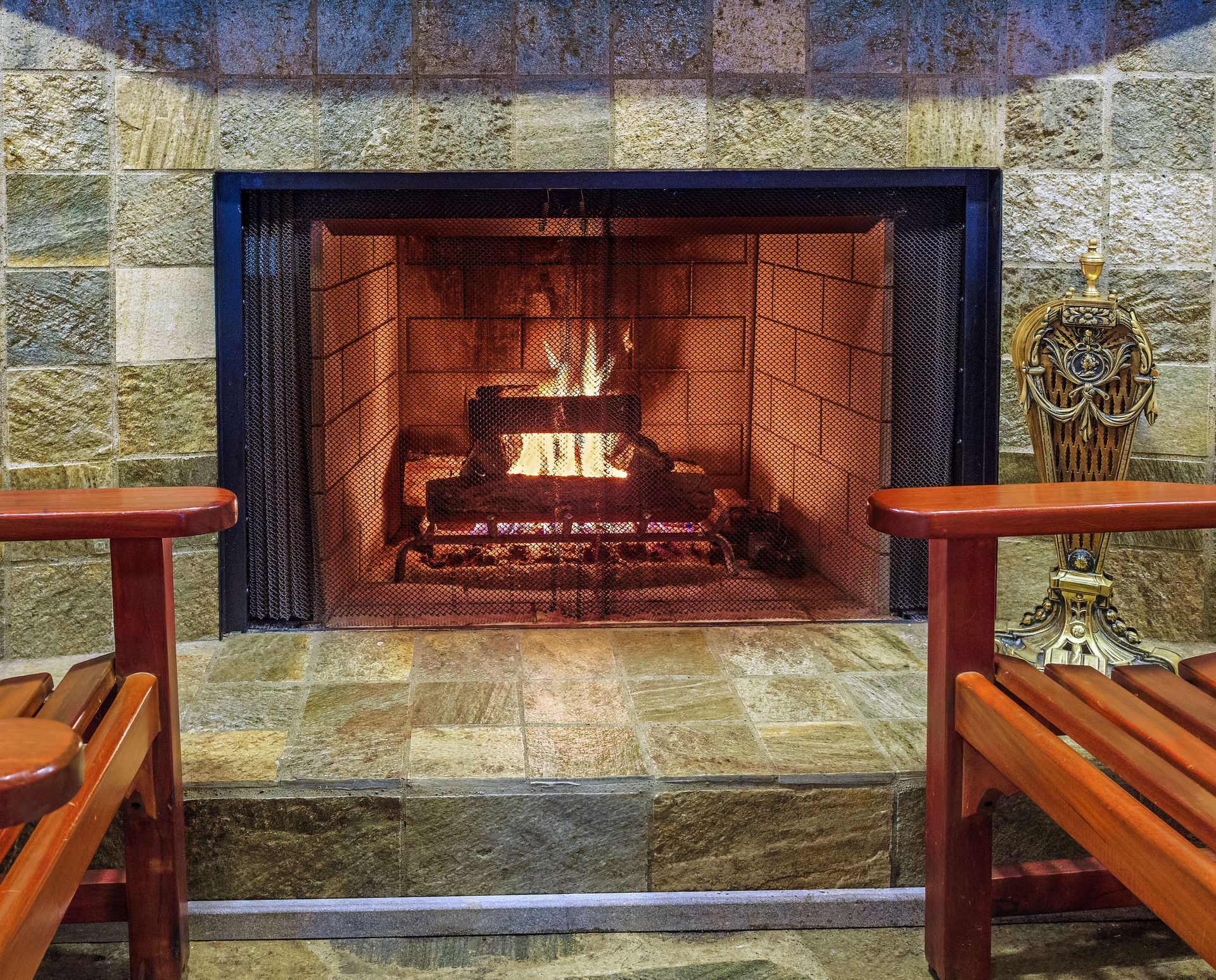
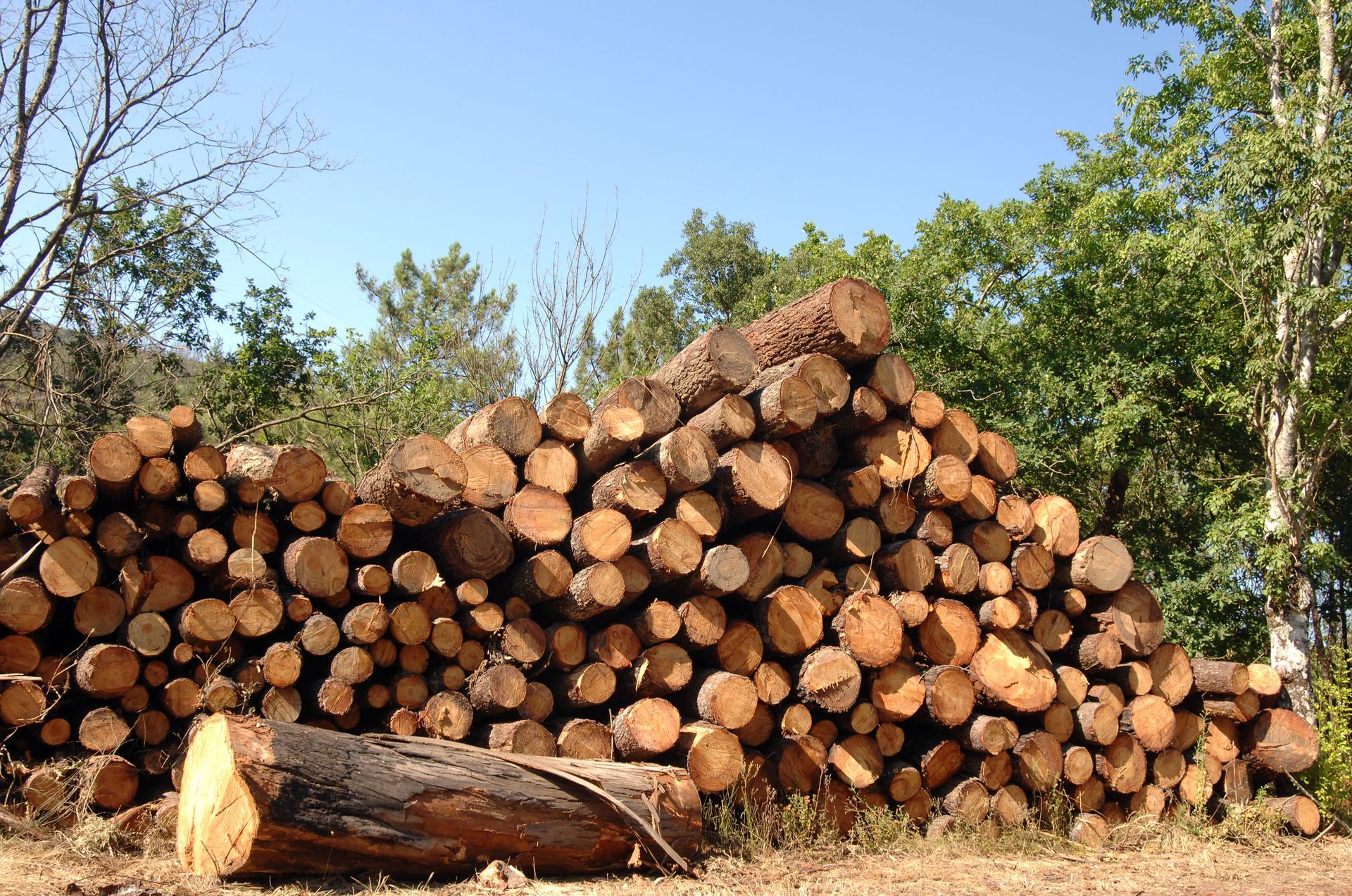
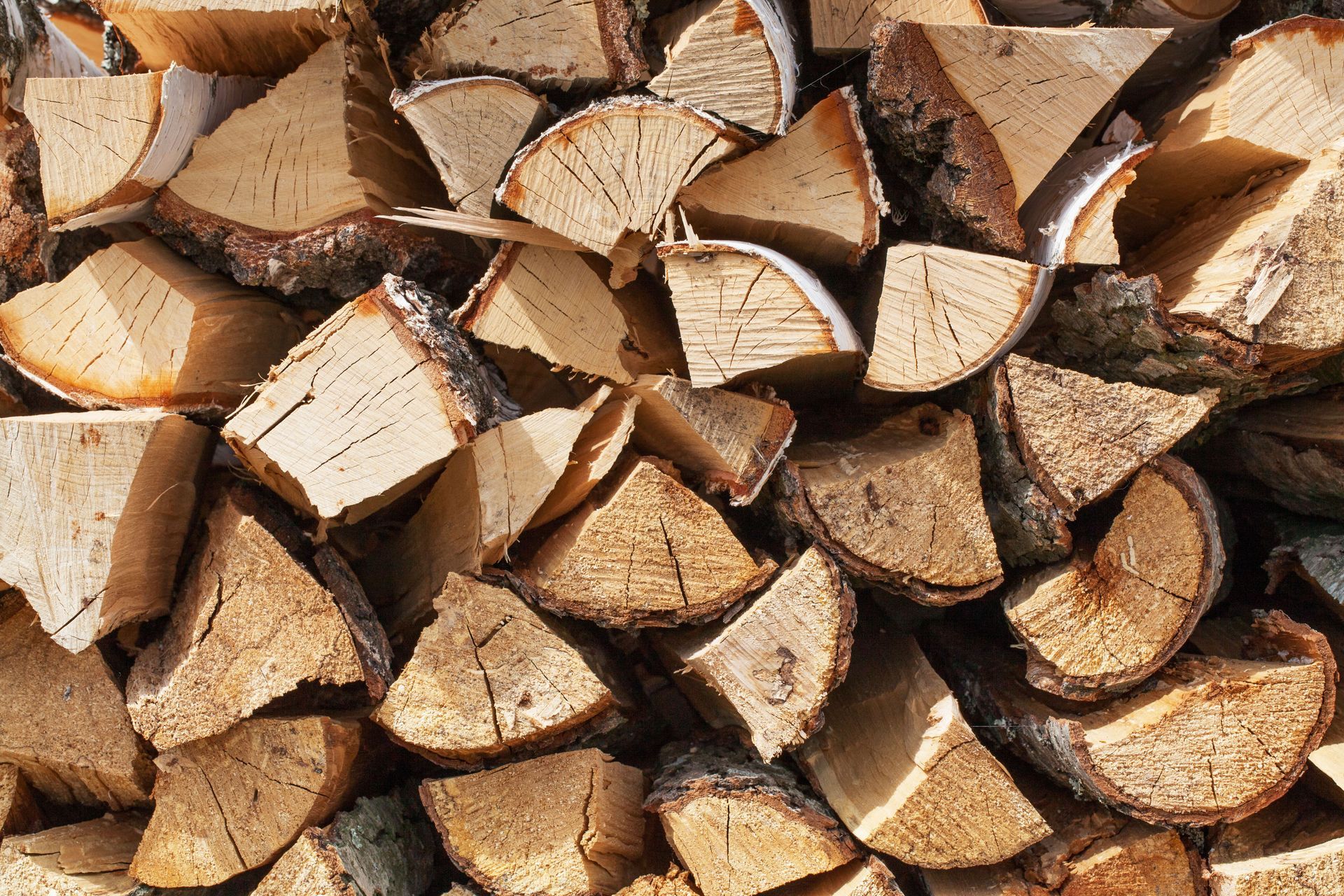
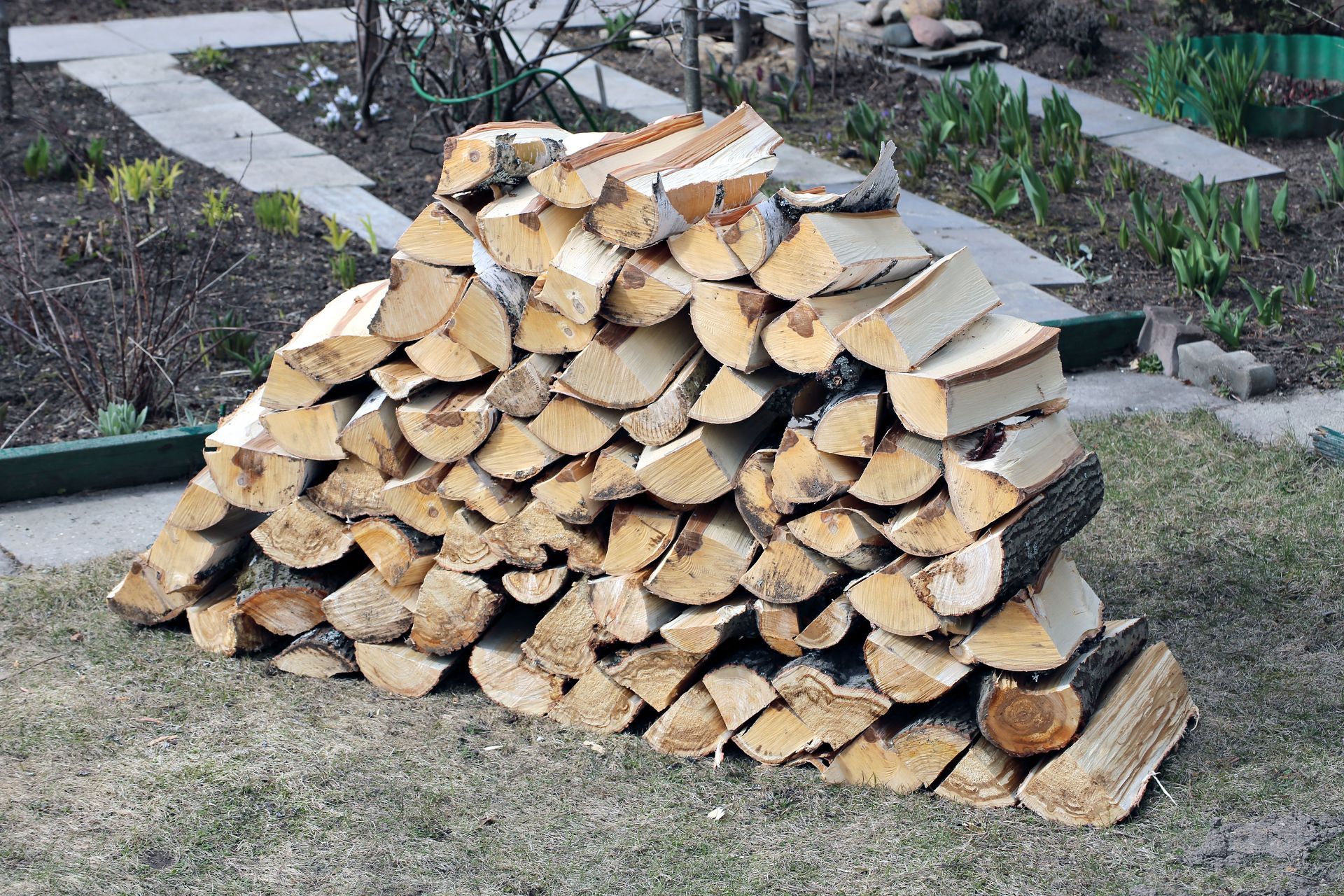
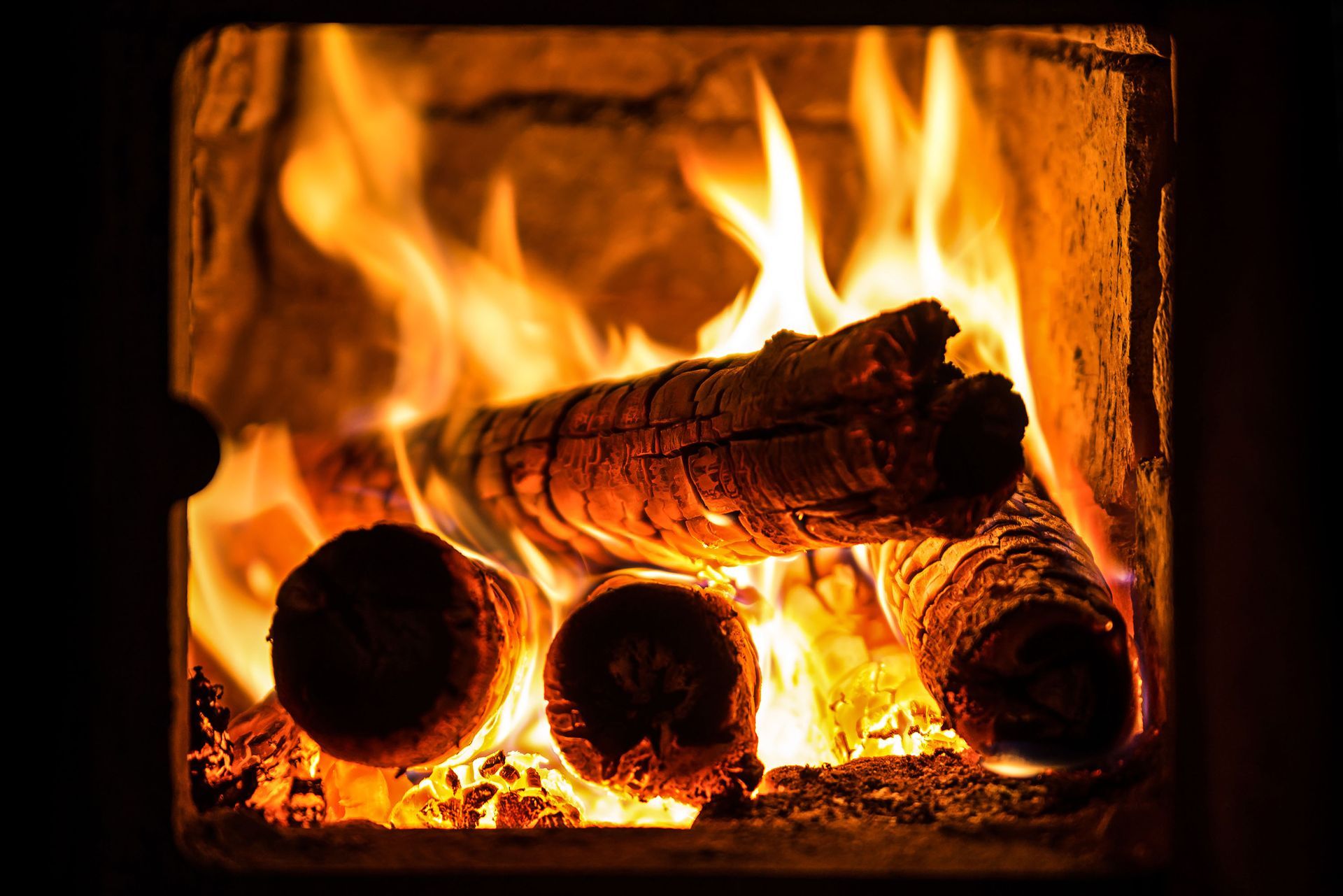
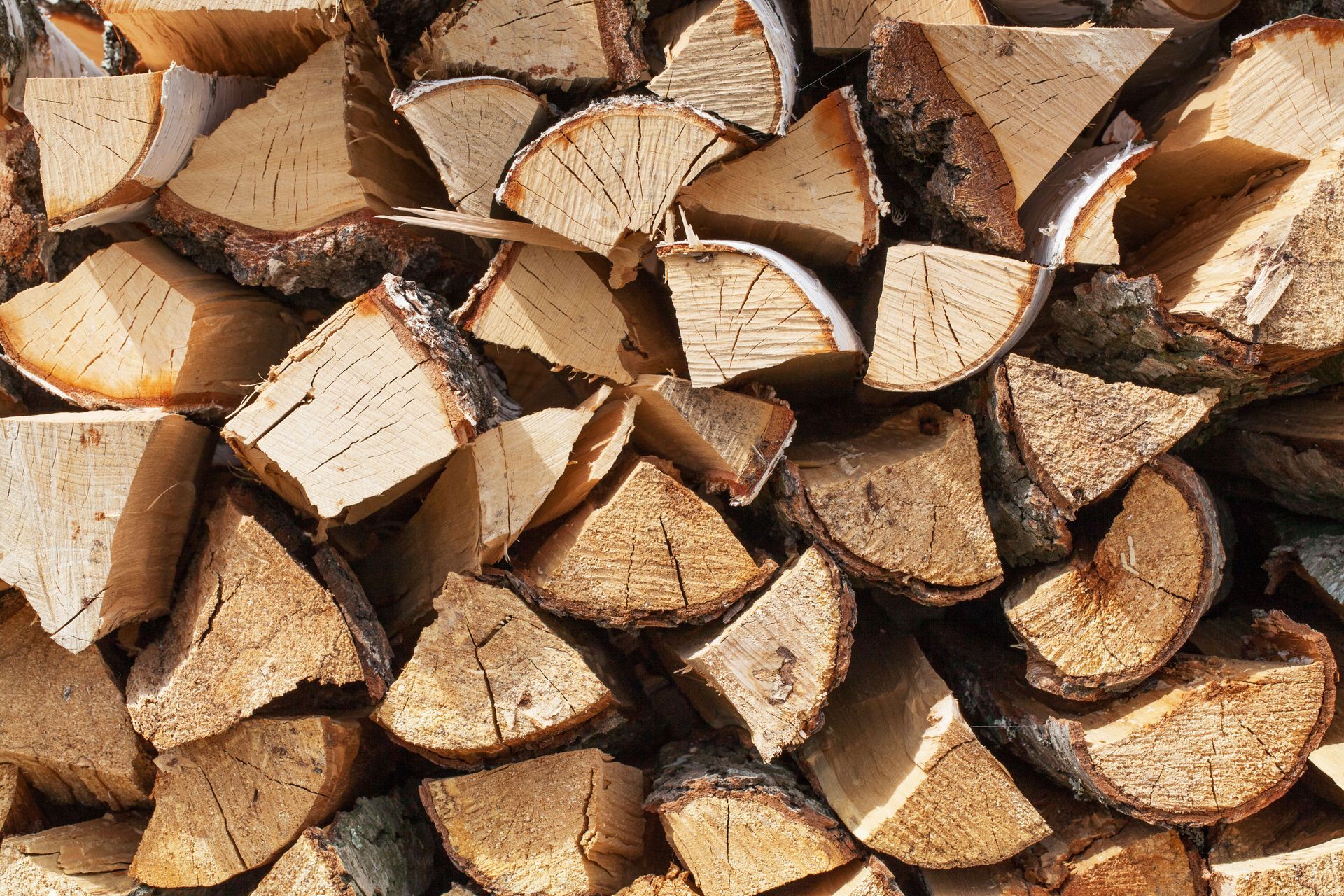
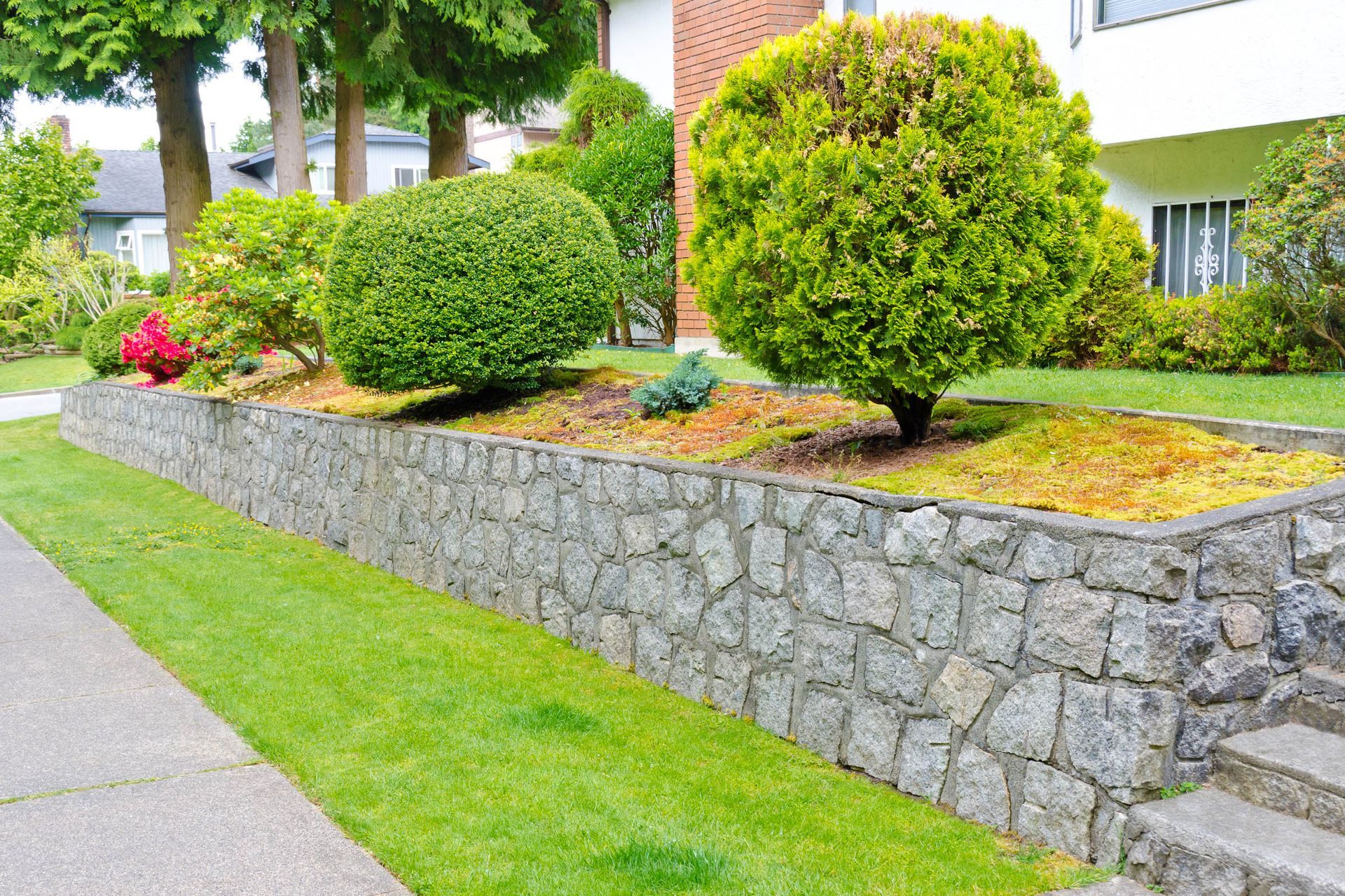
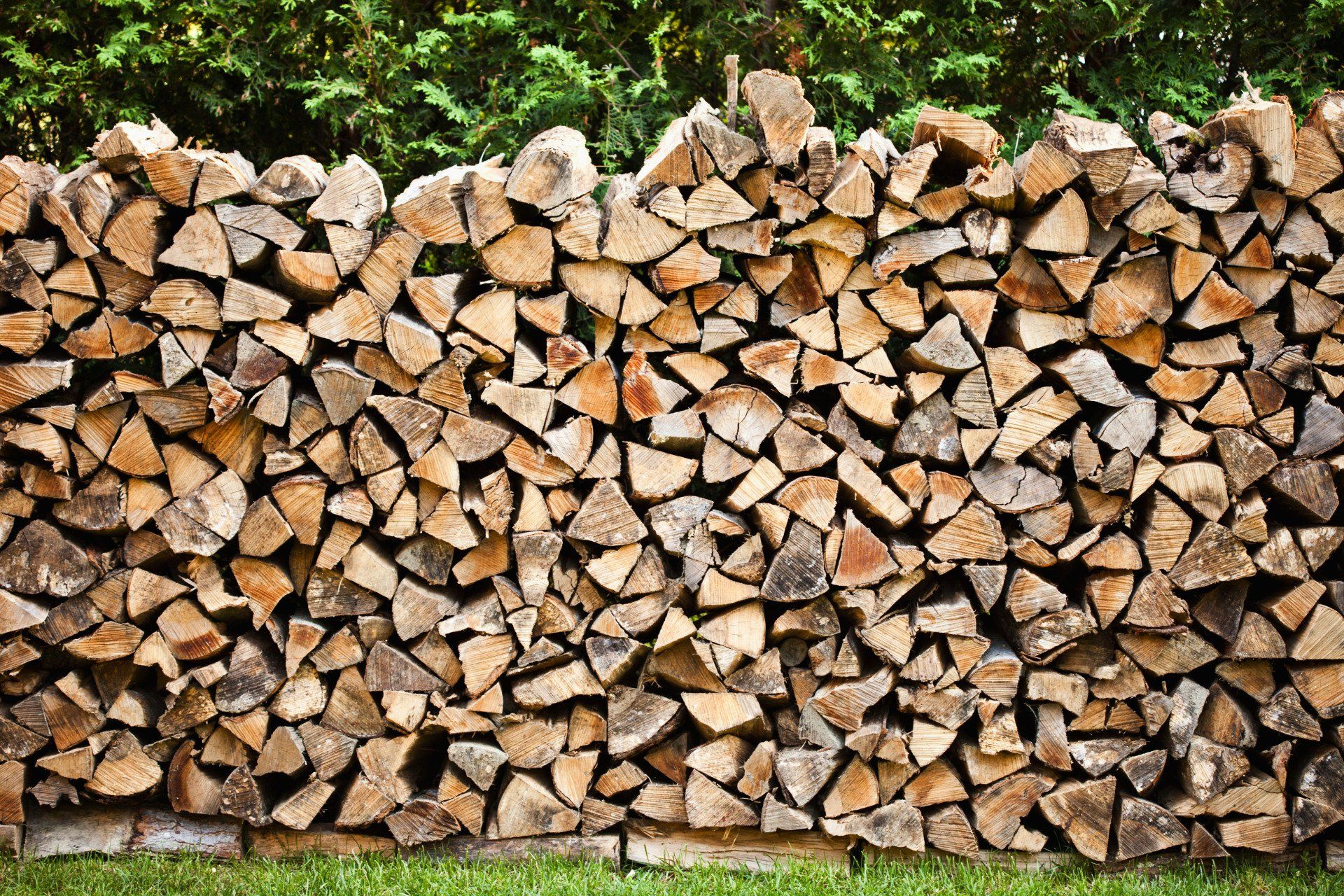
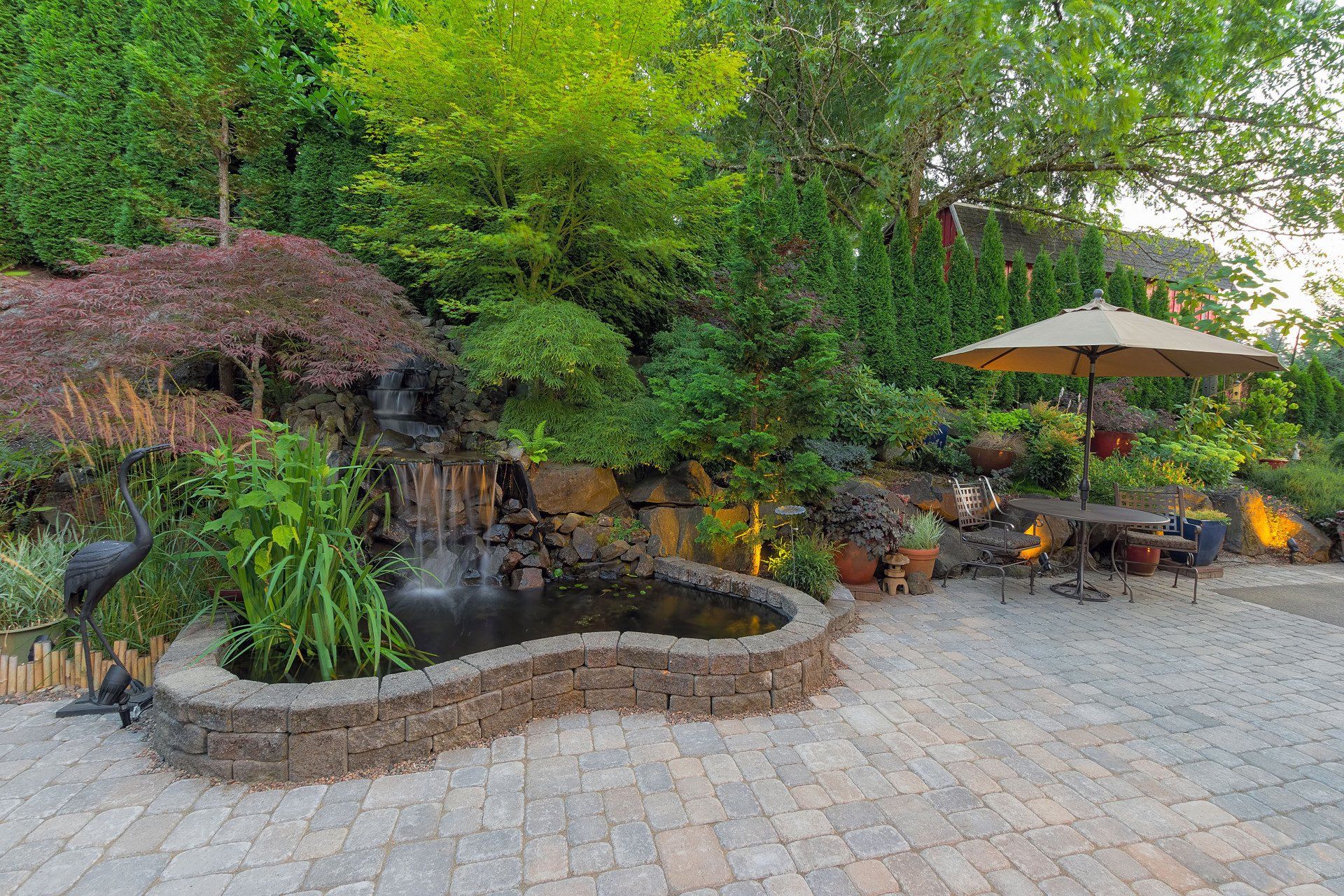

Share On: